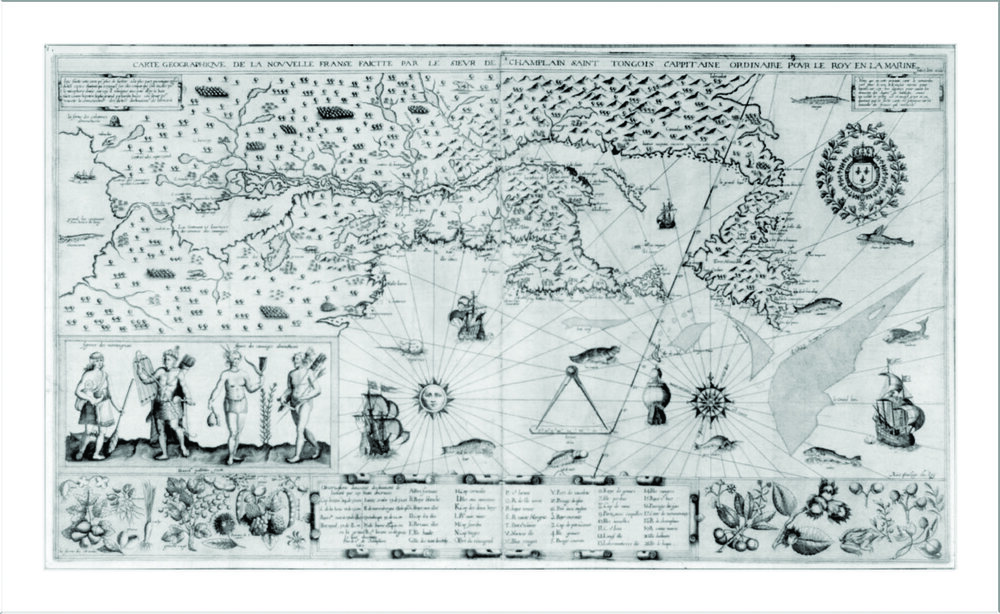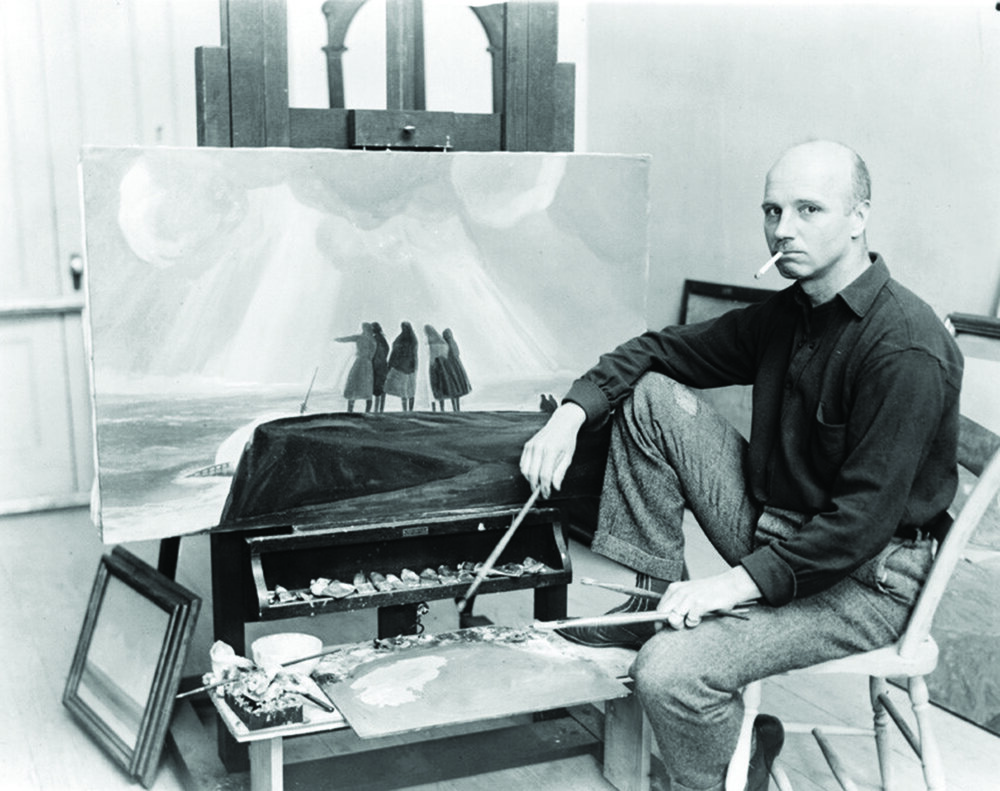The Stories Of Monhegan Island
Posted by Gunnar Rice on Apr 10th 2020
Monhegan Island is a wild, sometimes harsh place. Native Americans roamed here fishing its waters and exploring its rocky wooded terrain. Pirates landed on its shores, some say leaving buried treasure behind. At various times over the centuries, the French and the English claimed ownership of it. Beginning in the latter part of the 19th-century artists began to flock here in the summer months, finding inspiration in the rocky cliffs and quaint fishing village and harbor.
It is a small island lying off the coast of Maine, only 1.75 miles long and .75 miles wide. Lying 10 miles from the mainland, Monhegan is easily spotted by travelers at sea. Its ragged cliffs beckoned to explorers who sailed along the coast during the Age of Discovery. One of them, Samuel de Champlain, mapped Monhegan Island in 1604. A copy of the map he drew is proudly displayed in Monhegan’s Lighthouse Museum. The inscription reads, "In June 1604 while searching for an appropriate place to establish a French settlement, Samuel de Champlain took refuge from a storm in Monhegan Harbor."
In summer, Wabanaki Indians stayed on the island to fish but they did not stay through the difficult winters. The first settlers to stay permanently arrived with Captain John Smith in 1614. These Englishmen established a fishing and fur trade. Samoset, one of the natives who learned English from these settlers, accompanied Captain Thomas Dermer, another English explorer, on a voyage south. He eventually arrived in Plymouth, Massachusetts and startled the Pilgrims by speaking to them in their own language. His help was invaluable to them during early days in their new land.
Not all Monhegan’s brushes with history have been so peaceful. Baron de Saint-Castin burned the village and fleet In Monhegan to the ground in 1689 when he captured the Island for New France, causing survivors to flee. Monhegan also provided a temporary base for Pirate Bonita and his captured vessel the Anne and his prisoners in 1717. They plied their pirate trade from there, attacking and looting vessels at nearby Matinicus. Eventually, they moved on, but perhaps believing that Monhegan was remote and wild enough to keep a secret, there were whispers of hidden treasure left behind. No one has ever discovered a trace of it, though.
Many, however, have discovered another sort of treasure in Monhegan’s moody, craggy cliffs and wild beauty. Beginning in the mid-1800’s artists began making their way to Monhegan to capture its wild beauty on canvas and display it to the world. Monhegan is not readily accessible now, and was even less so then, but artists from Boston and Chicago and elsewhere still managed to find their way there. As these artists bought land and built homes, a small art colony was formed. Monhegan, a place far removed from the noise and turmoil of the city, provided endless inspiration to artists such as Edward Hopper and Rockwell Kent, among others. Many of the works they created here are a timeless portrayal of land, sky and sea untouched by man.
It is not by chance that Monhegan has retained such wildness. The island’s growing popularity threatened it with development that would have severely altered its essential nature. Theodore Edison, son of Thomas Edison, decided that he would purchase as much of the densely forested wilderness as possible. He managed to procure 300 acres and formed a land trust in the 1950’s to protect the beauty of the island. Since then a further 80 acres have been purchased or donated bringing approximately 2/3 of the island under the jurisdiction of the trust. The time has long passed when Natives wandered the deep forest and pirates sailed the rough waters off the rocky coastline, but the land they knew will remain much as it was then; hushed woodlands, jagged cliffs and pounding waves riding up on the shoreline.




